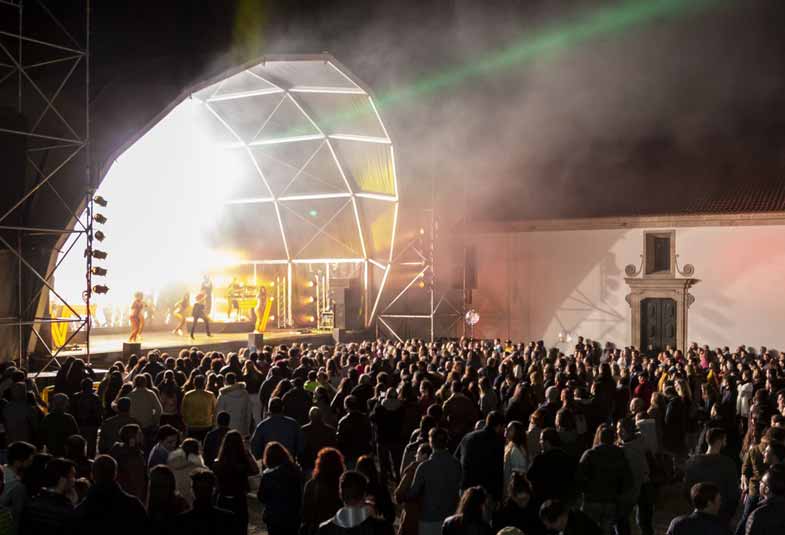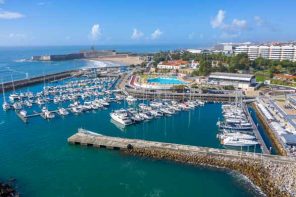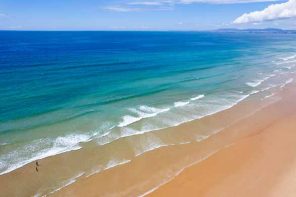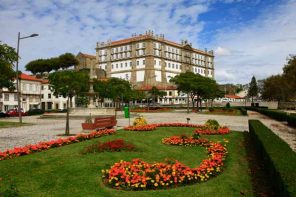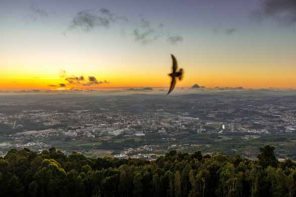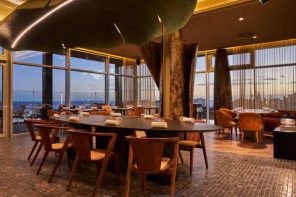THE ONLY MUNICIPALITY IN PORTUGAL TO BE AWARDED TWO UNESCO WORLD HERITAGE SITES: THE HIGH DOURO WINE REGION AND THE PREHISTORIC ROCK DRAWINGS.
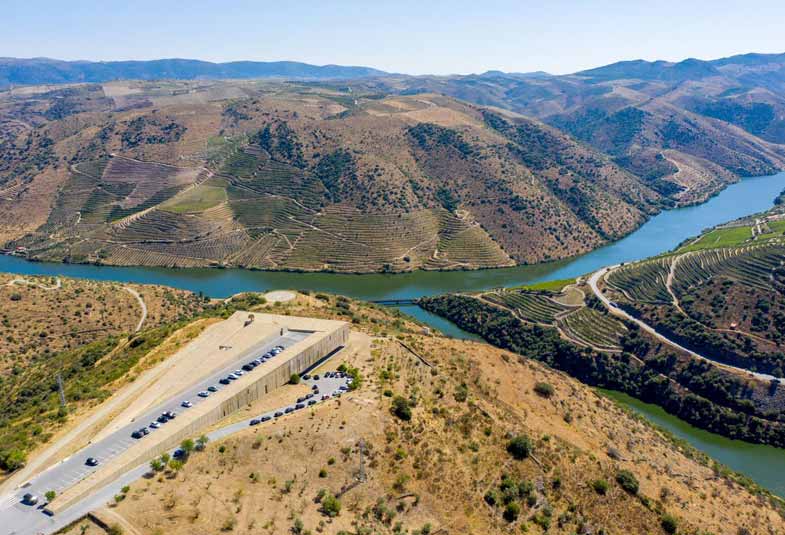
Vila Nova de Foz Côa, the Blossoming Almond Tree capital, right in the middle of High Douro, it’s a hymn to the symbiosis between the persistent strength of the human being and “nature’s excess”. It’s a stopover for all travellers that really want to see, feel and peacefully admire the geometry of its stepped terraces or the undulating lines of beautiful panoramic viewpoints that punctuate the hilltops of this municipality. Autumn visitors get flabbergasted by the amazing scenery displayed by the vineyards, when a multicoloured carpet covers the ground in green, yellow, brown and reddish tones.
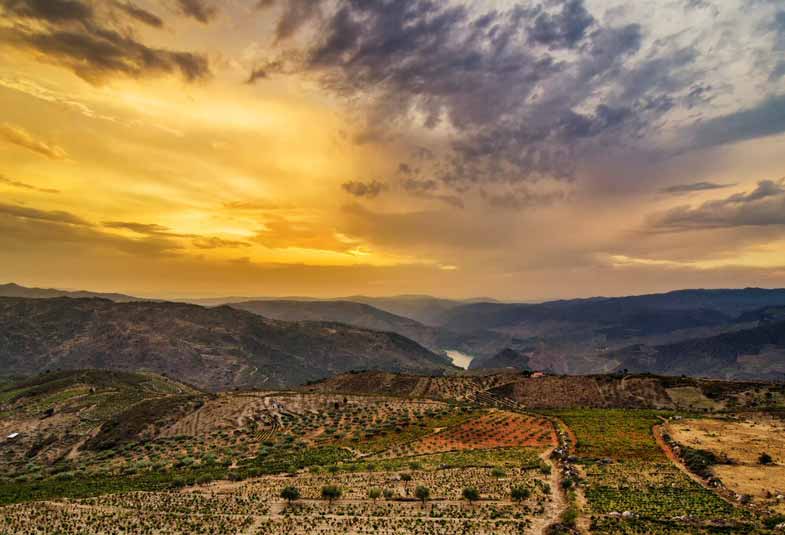
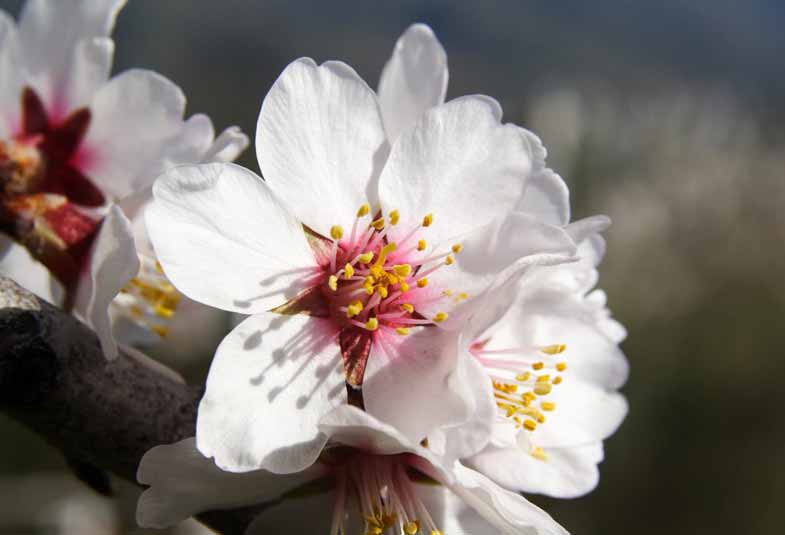
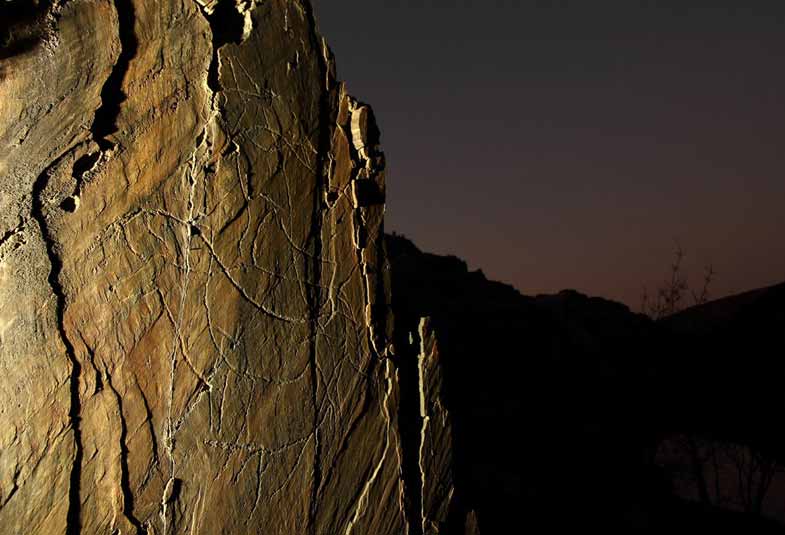
This prized natural scenery is complemented by a man-made architecture, associated with the cultivation of Port and Douro wines and its related activities, namely the wine-producing farms and the wine-tourism facilities and events. This municipality houses some of the most beautiful and representative examples of this secular and modern architecture: the Côa Museum, Pocinho’s Rowing and Canoeing High Performance Centre, and the soon-to-be-open Foz Côa Story House. This location, now famous for its millennium-old, pre-historic rock carvings, is also land of olive and almond trees, a local produce of superior quality, that has merited credit to the region; the blossoming of the almond trees in early Spring attracts thousands of visitors to Côa, for a view of the beautiful white and pink earth-mantle.
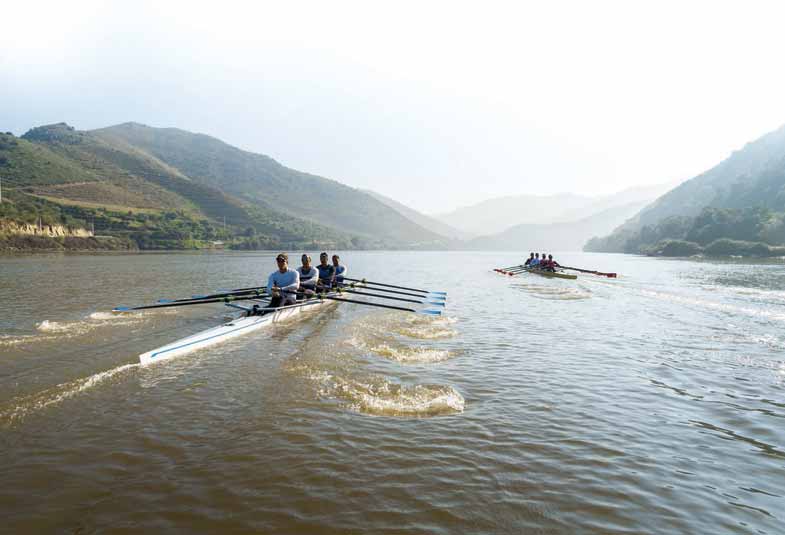
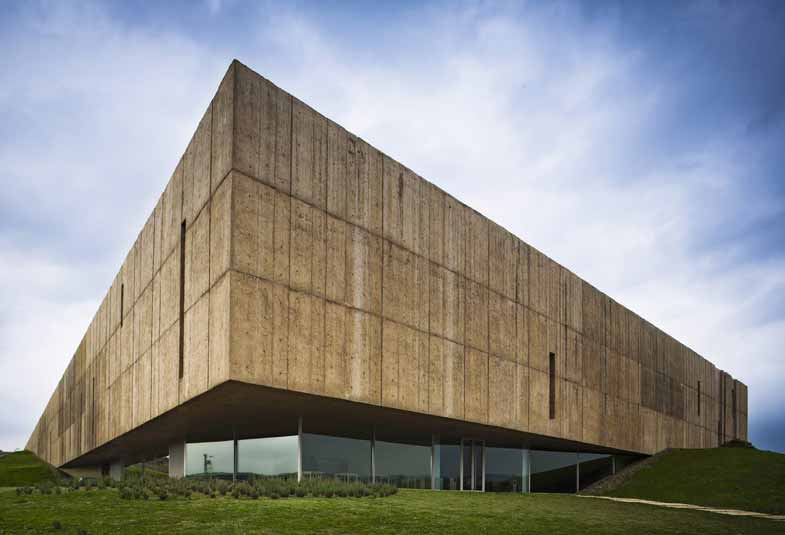
Côa Museum
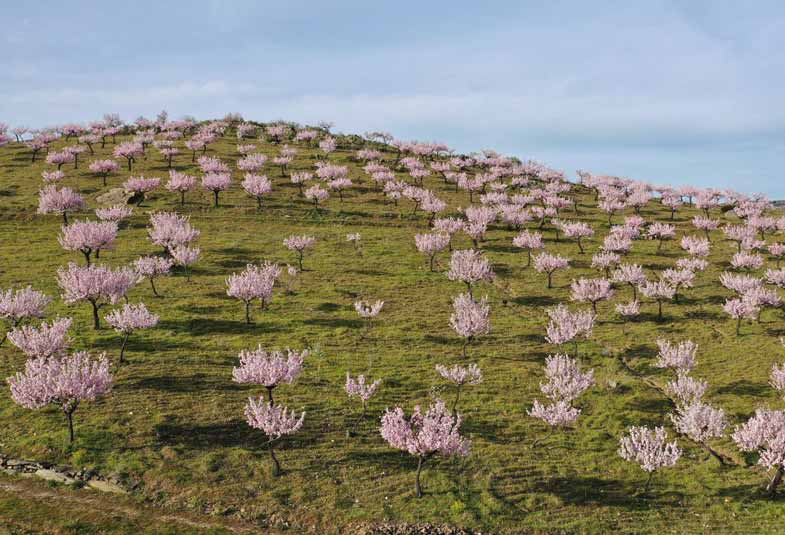
To discover Vila Nova de Foz Côa gastronomy is to embark on a trip of tradition and flavours. A land of mountains and rivers, the main staples produced here are those common to a Mediterranean-type diet. Be adventurous and try some of the more elaborate tastes, such as freshwater fish, goat and game meat (hare, rabbit or partridge) or several other gourmet dishes, prepared and enriched with the unique taste and aroma of the locally produced olive oil; or try a different side dish, such as asparagus, pilonga mushrooms, chards or purslanes, among several. Finish with a selection of summer fruits: honey figs, melon, oranges from Mós, peaches from Sebadelhe, and naturally, grapes. Evidently that fine Port wines – the region’s identity trademark – will always be present. As traditional confectionery goes, the highlights are the “doces económicos” (‘cheap sweets’) and the almond pastries from Mós, Foz Côa’s “súplicas” or the “egg lampreys” from Freixo de Numão.

Select a cruise aboard the Douro riverboat “Embarcação Senhora da Veiga”, a replica of the traditional rabelo boats, that transported the Port wine casks from the High Douro to the cellars at Vila Nova de Gaia, by Porto. The river cruises between Régua and Barca d’Alva carry tourists through the Upper Douro, a very distinctive area, recognized worldwide. The local gastronomy is also unique, proposing dishes like “fish and bread broth, miller’s style” and “freshwater fishes in onion and garlic sauce, with a mixed salad”, always served along with Foz Côa produced wines. Or you may prefer to contemplate the rivers Douro and Côa as you walk along one of the four treks, part of the municipality’s Walking Paths Network, the Caminhos Douro (Douro Trails).
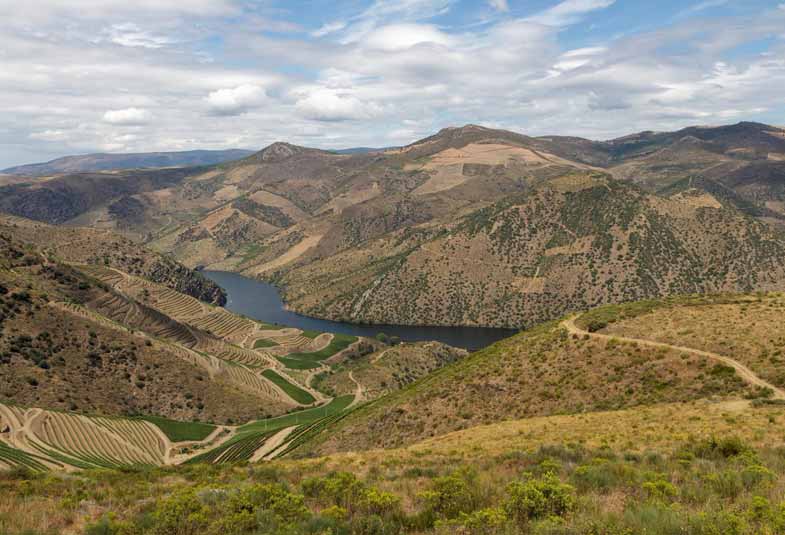
Besides the natural, the built-up and the gastronomic enticements, several of the town regular events also attract Portugal’s attention; such is the case with the Blossoming Almond Tree Festival in February, the World Heritage Sites Celebration in March, Portugal’s oldest Poetry Festival in April, the acclaimed High Douro Wine Festival that takes place at the end of May, the energetic Côa Summer Fest in August and the irreverent Cinecôa – Foz Côa International Film Festival in October.
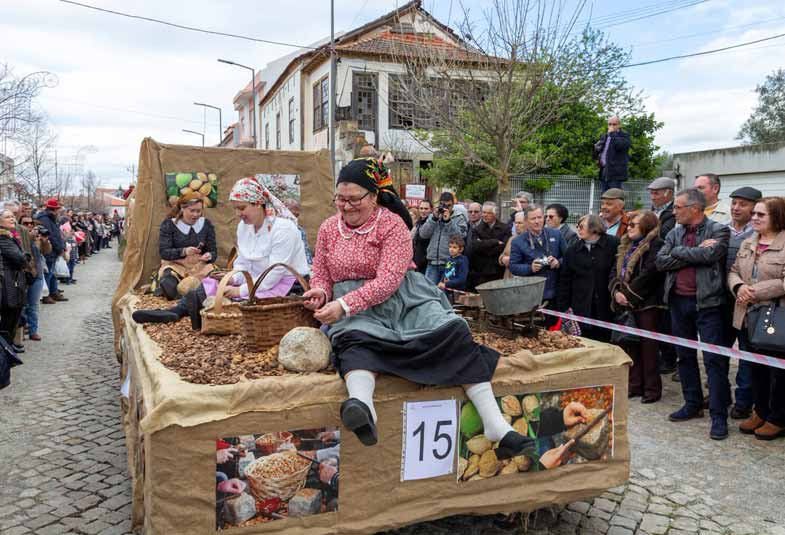
Blossoming Almond Tree Festival
